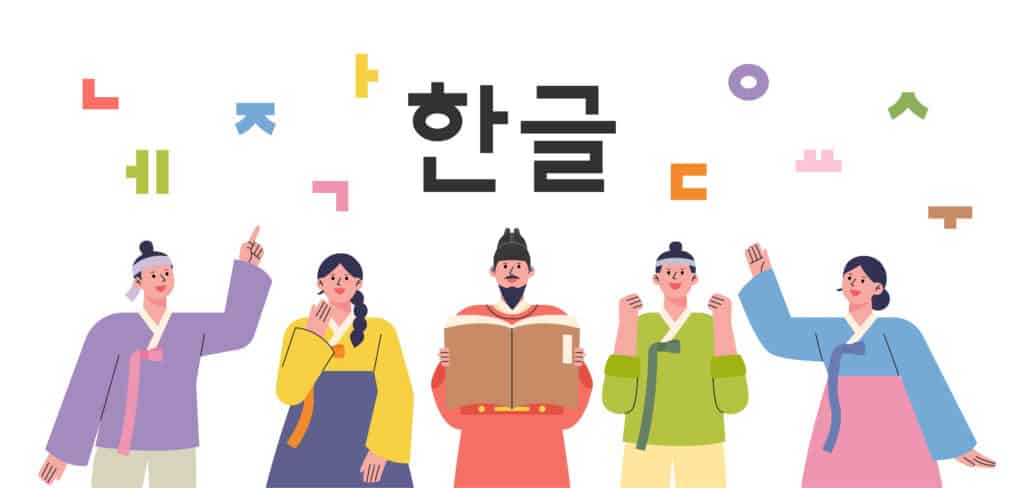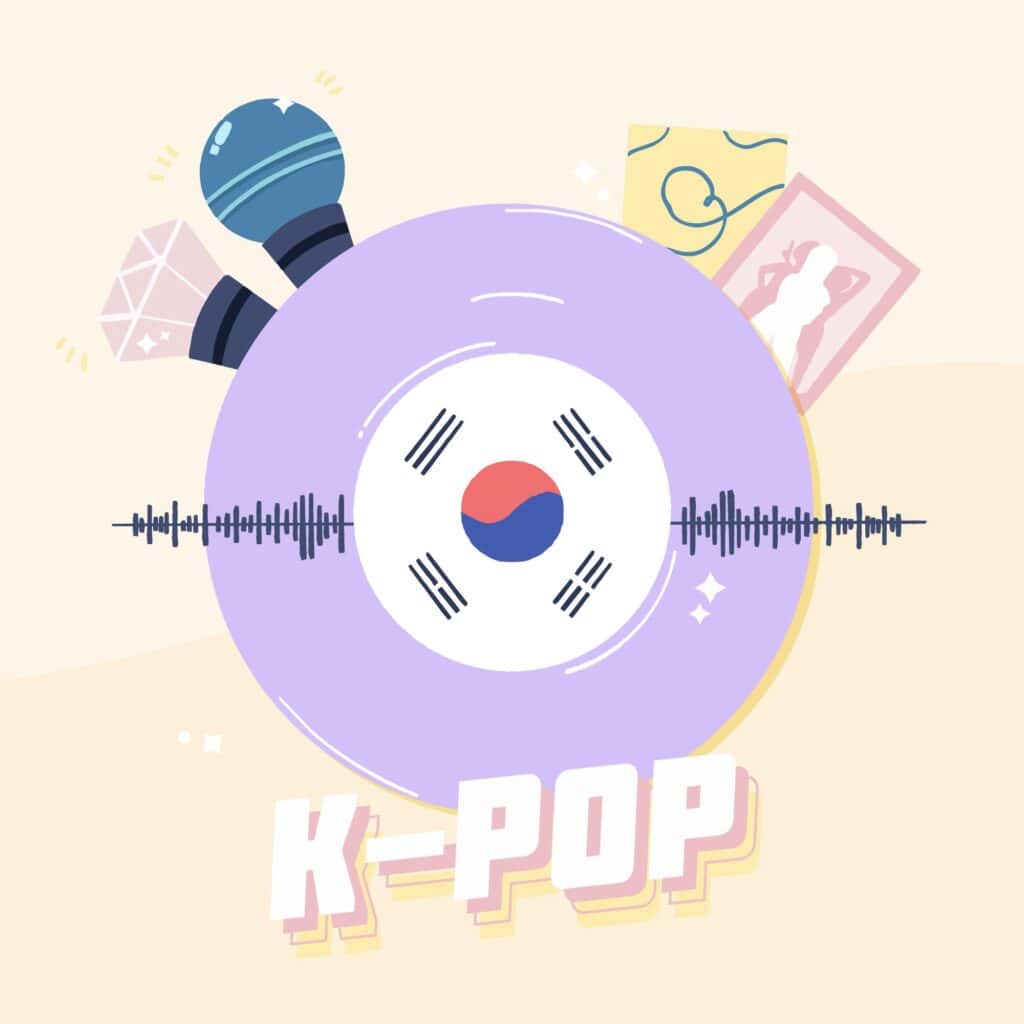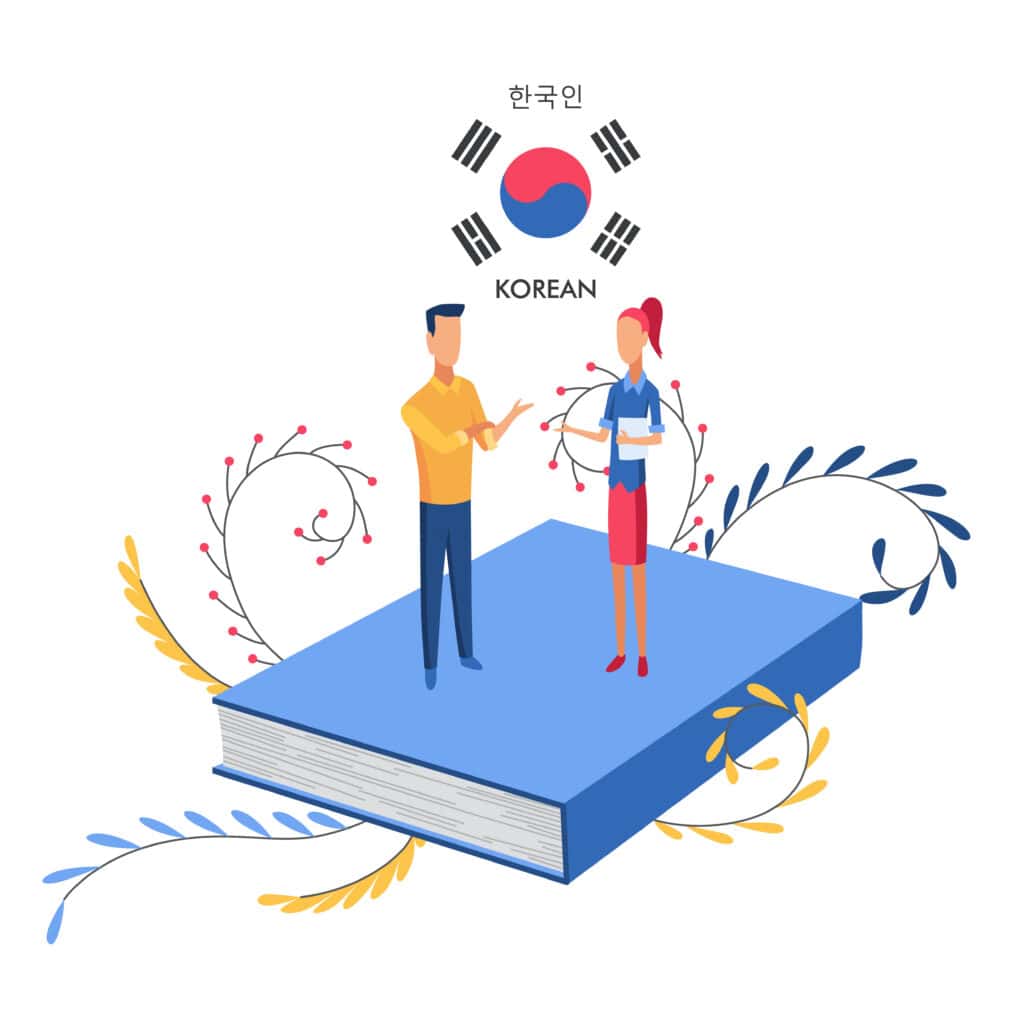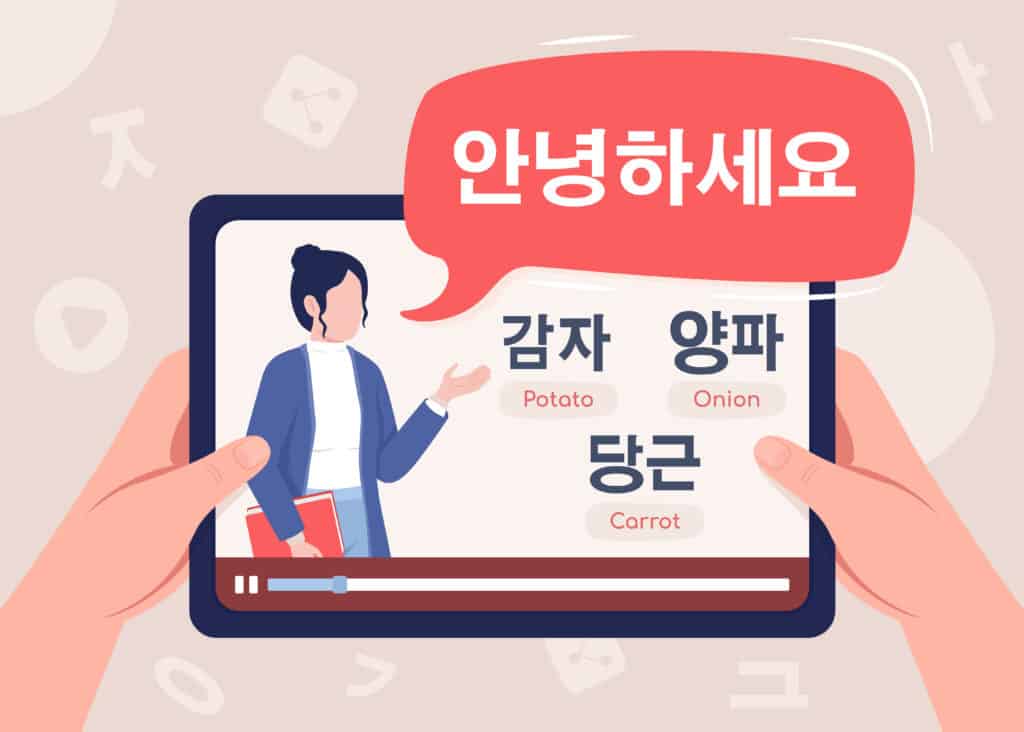
Mastering Korean Vocabulary: A Guide on How to Learn Korean Words Easily

Learning a new language is an adventure that opens doors to new cultures, perspectives, and connections. When it comes to mastering Korean, a language known for its unique script and rich linguistic nuances, the conventional approaches of textbooks and vocabulary lists may only take you so far. To truly grasp the intricacies of the Korean language, it’s essential to embrace the power of context, immersing yourself in real-life situations where words and expressions come to life. In this comprehensive exploration, we will delve deeper into the strategies and benefits of learning Korean words through context, focusing on the integration of language into the tapestry of daily life.
The Immersive Magic of Korean Media

Korean entertainment has witnessed an unprecedented surge in global popularity, with K-dramas, K-pop, and movies capturing the hearts and attention of audiences worldwide. Far beyond the sheer enjoyment they bring, these cultural exports present a unique and invaluable opportunity for language learners to delve into the nuances of the Korean language.
Immersing oneself in Korean media, particularly through the captivating narratives of K-dramas or the rhythmic beats of K-pop, serves as a dynamic gateway into the language’s natural context. The characters in these dramas navigate through a spectrum of situations, ranging from heartwarming conversations that tug at the emotions to tense confrontations that showcase the language’s versatility. Each scenario becomes a canvas upon which a diverse range of vocabulary is painted, providing learners with a multifaceted understanding of colloquial expressions, intonations, and the intricate cultural nuances embedded in the language.
To amplify the advantages of this immersive experience, it is beneficial to incorporate certain practices into the viewing routine. Watching Korean media with subtitles or transcriptions in the Korean language acts as a powerful tool in bridging the gap between spoken and written forms. This not only reinforces comprehension but also aids in familiarizing learners with the script, contributing to a more holistic language understanding.
Furthermore, active engagement with the content elevates the learning process. Singing along to K-pop lyrics not only adds a musical dimension to language acquisition but also helps internalize pronunciation and vocabulary. Mimicking dialogue, whether in dramas or movies, becomes a form of interactive learning, allowing learners to absorb the language in a manner that goes beyond passive observation. This participatory approach contributes significantly to the memorization and recall of words, making it more seamless to integrate learned expressions into everyday situations.
Language Exchange Adventures with Native Speakers

Engaging in language exchange emerges as a dynamic and mutually enriching strategy to elevate your language proficiency. The beauty of this approach lies in the genuine connections forged with native speakers, offering a distinctive opportunity to delve into the intricacies of a language within the context of authentic conversation. Unlike traditional learning methods that often present words in isolation, language exchange immerses learners in the vibrant tapestry of real-life discussions.
Connecting with native Korean speakers through various avenues, such as language exchange meetups, online forums, or dedicated language exchange apps, opens up a world of linguistic exploration. These platforms serve as conduits for establishing connections with individuals who not only impart language skills but also provide valuable insights into the nuanced usage of words, expressions, and cultural subtleties that may be overlooked in conventional textbooks.
The richness of language exchange extends beyond the mere practice of language skills; it has the potential to evolve into genuine friendships. As connections deepen, learners find themselves exposed to the Korean language in multifaceted contexts, allowing for a more profound understanding. Conversations span a spectrum of topics, ranging from everyday discussions to more intricate dialogues, contributing significantly to a holistic grasp of the language.
Everyday Tasks as Language Laboratories
Infusing creativity and practicality into your language-learning journey involves a transformative approach that turns mundane daily tasks into opportunities for linguistic growth. This method transcends the conventional classroom setting, making language acquisition an integral part of your everyday life. Simple yet effective practices, such as labeling common household items with their Korean names or crafting grocery lists in Korean, serve as tangible steps towards language mastery, grounding vocabulary in a real-world context.
Imagine the impact of thinking in Korean as you navigate routine activities like cooking, cleaning, or commuting. This immersive exercise goes beyond the traditional confines of language learning, embedding words and expressions into the fabric of your daily existence. Narrating your actions in Korean not only reinforces word retention but also contributes to an enhanced ability to think and express yourself naturally in the language.
The act of associating words with specific actions and objects in your immediate environment becomes akin to creating a mental map for language recall. This personalized mapping system becomes a valuable tool, aiding in the retrieval of learned vocabulary when confronted with similar situations in the future. As you consistently integrate Korean into your daily activities, you are essentially building a cognitive bridge between the language and your lived experiences, fostering a seamless and organic connection.
As you navigate the intricacies of daily tasks with Korean as your linguistic companion, you are not merely studying a language—you are living it, ensuring a more profound and enduring connection with the Korean language and culture.
Socializing with Korean-Speaking Friends
Socializing with friends who share your passion for learning Korean elevates language practice to a whole new level. By planning outings, dinners, or other activities where everyone agrees to communicate exclusively in Korean, you create an immersive language environment. This practice extends beyond scripted scenarios, allowing for spontaneous and authentic conversations.
In social settings, you’ll encounter informal language, slang, and expressions used among friends, providing valuable insights into the nuances of Korean communication. This dynamic interaction sharpens your language skills while fostering a supportive learning community.
Moreover, the shared experiences of navigating real-life situations exclusively in Korean become cherished memories that resonate deeply. These shared moments not only reinforce your language journey with positive associations but also contribute to a more profound understanding of cultural nuances and societal expressions.
In essence, socializing with like-minded friends amplifies the joy of language learning, making it a collective adventure rather than an individual pursuit. As you navigate the twists and turns of real-life situations in Korean, the language ceases to be a mere subject of study; it becomes a living, breathing entity that binds you and your friends in a shared linguistic exploration. This collaborative approach not only fosters linguistic growth but also cultivates a sense of camaraderie and mutual support, creating a rich and memorable chapter in your journey to master the Korean language.
Interactive Apps: Bringing Real-Life Scenarios to Your Fingertips
Language learning apps have evolved to incorporate real-life scenarios, offering users a virtual playground for practical application. These interactive platforms simulate everyday situations, such as ordering food at a restaurant, asking for directions, or shopping in Korean. Navigating through these scenarios not only teaches vocabulary but also builds the confidence to use these words in real-life situations.
Apps often employ gamification elements, turning language learning into an engaging and rewarding experience. The repetitive nature of these exercises reinforces word retention, while the simulated real-life interactions prepare learners for similar situations they might encounter offline. With the convenience of having language practice at your fingertips, these apps seamlessly integrate into daily routines, making consistent learning more achievable.
Reading in Korean for Enriched Vocabulary

Engaging with written materials in Korean constitutes a versatile and effective strategy for not only broadening but also deepening your vocabulary. This approach spans a spectrum of resources, from simple books to magazines and online articles, providing a dynamic range of linguistic exposure. Initiating this journey, it’s advisable to commence with materials that align with your current language proficiency level, gradually progressing to more intricate texts as your skills evolve.
The act of reading, beyond its fundamental purpose of absorbing information, becomes a comprehensive exploration of language when approached as a deliberate learning exercise. Within the narrative flow of a story or the structural intricacies of an article, you encounter a diverse array of words used in various contexts. This exposure extends beyond mere definitions, offering insights into sentence construction, idiomatic expressions, and the nuanced applications of vocabulary within specific situations.
Moreover, the act of reading serves as a gateway to understanding the formal and informal dimensions of the Korean language, contributing to a well-rounded comprehension of communication styles. The contextual nuances embedded within written materials illuminate not only the language itself but also the cultural subtleties that shape its usage.
Consider enhancing your reading experience by annotating unfamiliar words, phrases, or expressions. This active engagement transforms the reading process into a participatory learning endeavor, allowing you to capture and retain unfamiliar vocabulary more effectively. Furthermore, revisit these annotations periodically to reinforce your understanding, creating a cyclical process that strengthens your grasp of the language over time.
Embracing the Language Tapestry

In the vibrant tapestry of language learning, the power of context weaves together various threads, creating a rich and immersive experience. Learning Korean words becomes more than a rote memorization of vocabulary lists; it transforms into a dynamic journey of exploration, connection, and cultural understanding.
By immersing yourself in Korean media, engaging in language exchange, incorporating language into daily tasks, socializing with Korean-speaking friends, utilizing interactive apps, and reading diverse materials, you build a robust foundation for language proficiency. The real-life contexts in which you encounter and apply Korean words add depth, nuance, and authenticity to your language skills.
As you navigate the intricacies of the Korean language, remember that language is a living entity, best learned in the vibrant landscapes of everyday life. Embrace the power of context, and watch as your understanding of Korean words blossoms into a true appreciation for the language and its cultural richness.
But if you’re struggling to learn the Korean language on your own, feel free to contact Chapter Korean . Our highly dedicated tutors, genuinely invested in your progress, will make every effort to help you achieve fluency in speaking Korean.
Interested in more tips for learning Korean language? Check our previous post: Common Mistakes: Avoiding Pitfalls in Early Korean Learning
